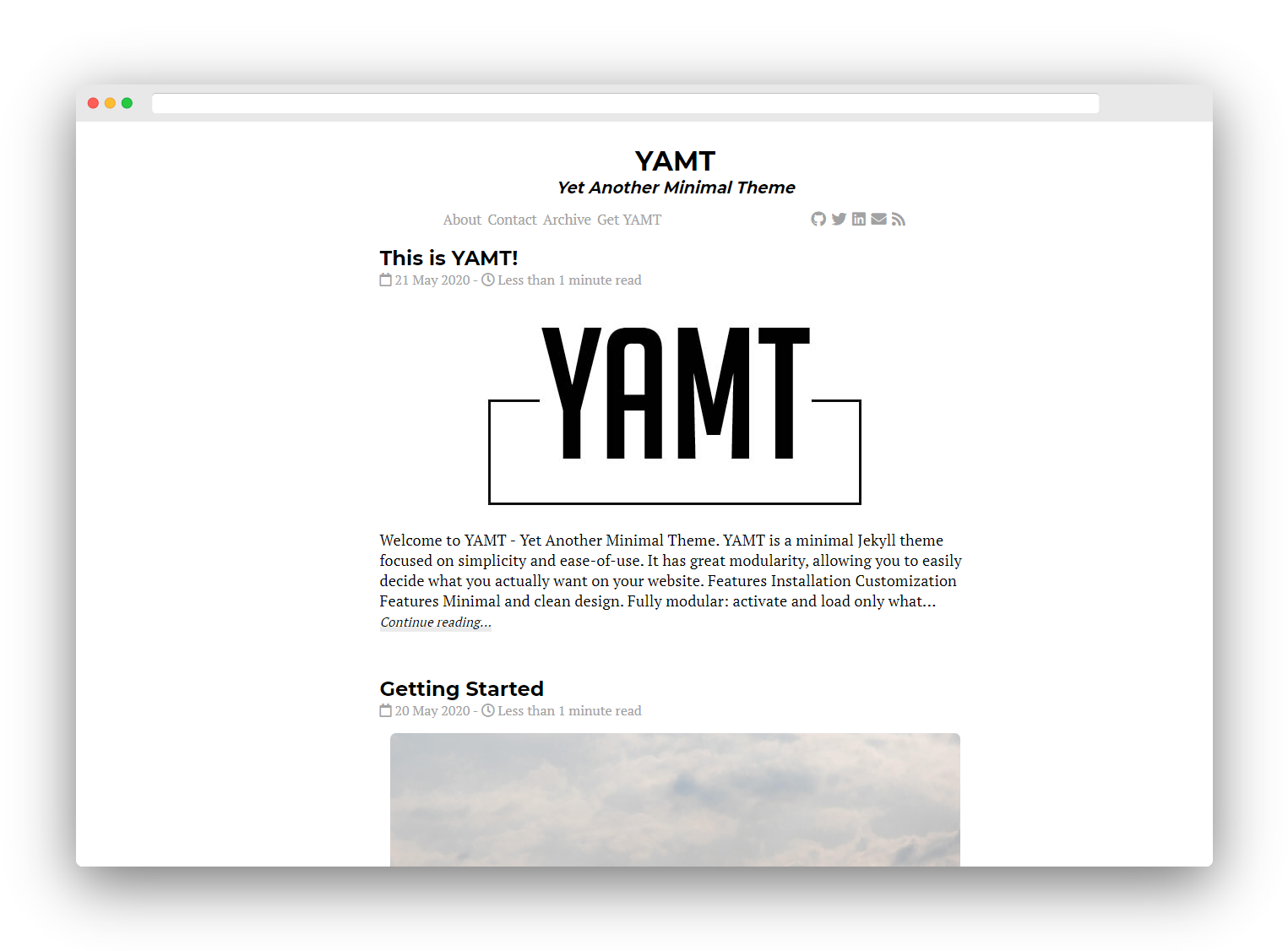
- #GEM INSTALL JEKYLL ERROR HOW TO#
- #GEM INSTALL JEKYLL ERROR INSTALL#
- #GEM INSTALL JEKYLL ERROR UPDATE#
Over the past ten years, I’ve helped thousands of people set up Ruby on their Mac.
#GEM INSTALL JEKYLL ERROR HOW TO#
Even if you’re using Ruby for the first time, it’s worth your time to learn how to use a Ruby manager because you will inevitably need one. I highly recommend using a Ruby version manager because it allows you to have multiple versions of Ruby installed at the same time, and makes it easy to switch between them. If you’re really interested in all the possible options, including ones I don’t recommend, read my definitive guide to installing gems on a Mac.
#GEM INSTALL JEKYLL ERROR INSTALL#
Glad you asked! The most reliable method, and the only one I recommend, is to install a separate and newer version of Ruby using a version manager. So what’s the proper way to install gems on a Mac? Since then, there have been two macOS versions (Big Sur and Monterey), so it’s not clear when that change will happen, but I like to stay ahead of the curve, which is why Ruby on Mac will still work when that happens. If your software depends on scripting languages, it’s recommended that you bundle the runtime within the app. Future versions of macOS won’t include scripting language runtimes by default, and might require you to install additional packages. Scripting language runtimes such as Python, Ruby, and Perl are included in macOS for compatibility with legacy software. In the release notes for macOS Catalina, Apple mentioned it won’t include Ruby in future versions of macOS:
#GEM INSTALL JEKYLL ERROR UPDATE#
And when a new version of Ruby comes out, Apple doesn’t update Ruby within the same macOS version.Īpple will probably stop preinstalling Ruby on macOS

The latest version of Ruby is currently 3.1.2.Īpple includes Ruby on macOS for compatibility with legacy software. This means there won’t be any more updates and security fixes to the 2.6.x series. This version reached end of life at the end of March 2022. Monterey (macOS 12) ships with Ruby 2.6.8. Why you shouldn’t use the system Ruby on Mac Read what people say about Ruby on Mac, and here are more Twitter testimonials.

You’ll get this error for any gem you try to install on a Mac that hasn’t yet been properly configured for Ruby development.Īpple preinstalls Ruby on all Macs, and the default location where gems would get installed is in the /Library/Ruby/Gems/2.6.0 directory.

This is one of the most common errors people face. You don't have write permissions for the /Library/Ruby/Gems/2.6.0 directory


 0 kommentar(er)
0 kommentar(er)
